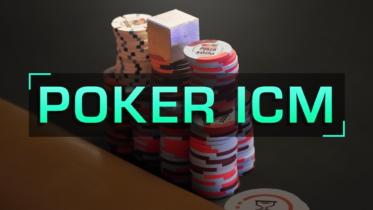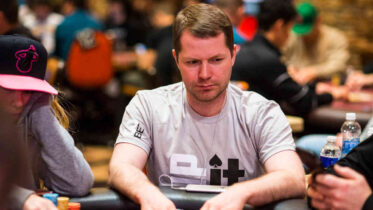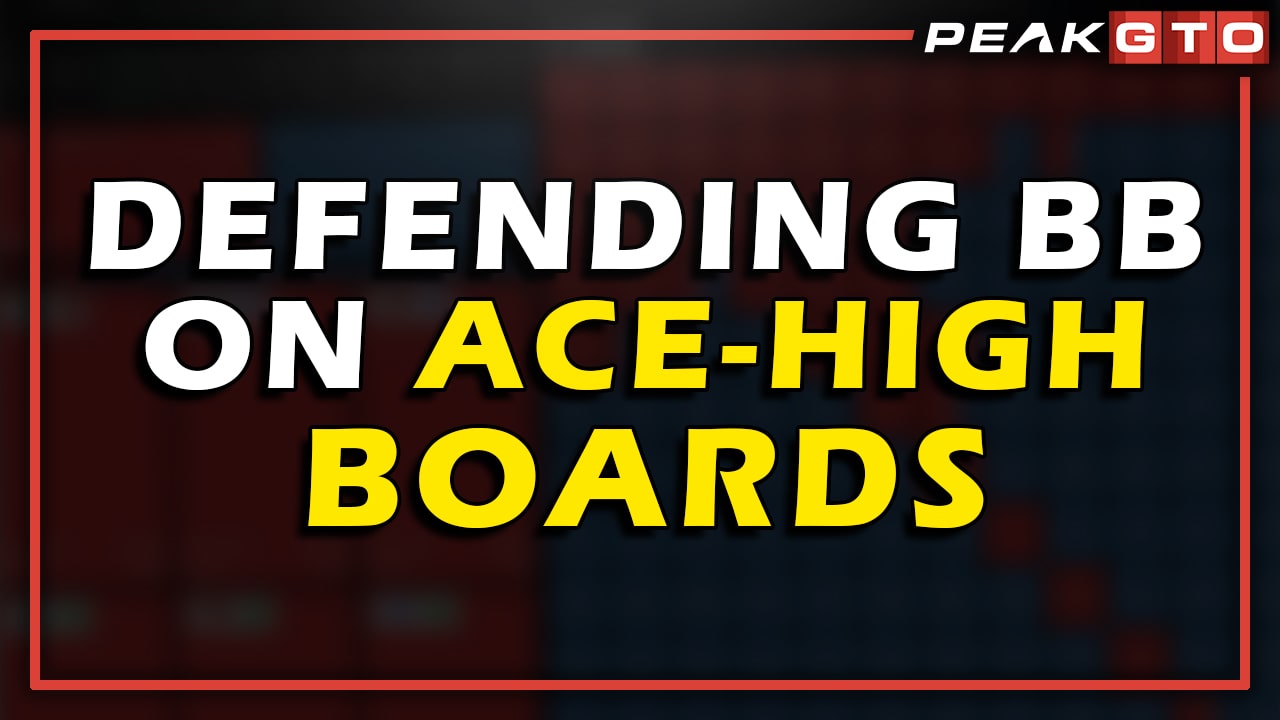One of my greatest frustrations with poker training is how overly complex it is.
I’m guilty of this as well. If you watch my early training videos, I was needlessly detailed. Like a kid talking about his favorite toy, I would go through each poker stat on my HUD that I could use on any particular play. I loved talking about what each number could possibly mean, and how that could be used to uncover a sneaky bluff or thin value bet.
The problem I ran into is that the vast majority of my viewing audience didn’t have 40-60 hours a week to study poker. They couldn’t train to combine five numbers at a clip to make an exact read. They found the videos fun to watch, but it wasn’t translating into results.
Here’s what you need to know:- Focus on One Quick Rule
- How Can We Identify Who Is Folding High Cards?
- Now, Isolate Them
- You’re Going to Piss Off a Lot of People
- That’s How You Run The Table
Focus on One Quick Rule
Our problem in poker coaching, and this goes for content creators like myself and students, is we’re all trying to be perfect all the time. This is hilarious because Texas Hold’em is popular precisely because it is such a mess. It gives anyone a shot at winning at any time.
We need to focus on some quick rules that can help us get serious results. Perfect ranges and exact reads are perfect for engineers and statisticians, but the rest of us are human. What can we do to rapidly improve our game?
The truth is, when I am playing No-Limit Hold’em, I know many of the advanced strategies but I’m using gross simplifications half the time. They get to the crux of the matter, and (especially live) they get me making money quickly.
One great rule of thumb is to find guys and gals who will fold their high cards. This opens up a wide range of exploitation options.
Whenever I get to a table, I watch all the poker hands, asking myself, “Who can fold pairs? Who can fold high cards?” In the next article, we’ll discuss how to identify and exploit players who can fold pairs, but for this article, we will focus primarily on high-card folders.
How Can We Identify Who Is Folding High Cards?
Well, they’re extremely likely to fold on the flop. You’ll see them get involved but then fold postflop. You’ll see them cold call, miss the flop, and fold. You’ll see them raise, continuation bet the flop, and check/fold the turn. They’re the norm in poker, not the exception. They don’t want to put in big bets without at least a pair, and they tend to get into habits when they do this.
Pay attention to each person. They call out of the big blind. Do they give up on the flop?
If you see a guy call on a flop like J-2-2 and then easily fold to a turn bet, you might think you didn’t get anything from that because there wasn’t a showdown, but that’s not true. What we just saw is this guy isn’t as “hit-or-miss” as others. This is the type of guy who might peel with K-10 to see what the turn brings. If he easily folded on that flop we would have the guy in a more “fit or fold” typology.
Once you watch a few orbits, seeing everyone playing from different poker positions, and you know who just likes to fold their high cards, that’s when it’s time to come out of hiding.
Now, Isolate Them
You want to isolate these people as much as possible heads-up and get them folding postflop.
The glorious thing about poker these days is people will flat your three-bets with just about anything. If you find a player who also loves to fold when they miss the board, you’re in serious business.
The average range misses the average flop. It’s hard to connect two cards with three. Video game companies spend millions of dollars testing certain games to ensure they’re balanced. No-limit hold ’em was invented by road gamblers who wanted to play for some serious money. It was probably invented because everyone got sick of dealing with 5 Card Stud. It’s a fundamentally imbalanced game.
If your chosen victim opened or limped more than 15% of the hands, they’re in real trouble. Unless the board comes with two cards, nine or higher (people love limping/raising with mostly high cards), then it’s likely your opponent missed. Even on that treacherous board, you can try a very small bet. It’s a scary board for them as well if they missed. It won’t take much to blow them off the pot.
You can pad your chip count early in tournaments by identifying these targets and mercilessly going after them: 3-bet, c-bet, isolation raise, c-bet, a couple of big blinds at a time, sometimes eight or so when they flat you out of position.
You’re Going to Piss Off a Lot of People
Now, what this is going to do is piss everybody at the table off. In Brazil or Denmark, people are cool with bluffers. They know it is part of the game. In North America or Western Europe, it’s frowned upon. You’re ruining everybody else’s fun! We were playing “let’s all see the flop and go from there!” They all turn into Greta Thunberg screaming “how dare you?!”
However, what you’re doing is quite logical. You picked your targets with deliberation. When you isolate them in position, you’ll have a number of advantages. When you miss on a particularly bad board you can check back. You will get a four-card flop. They will get three. When you both miss, you’ll likely pick up the pot.
When you hit your hand, you will be deciding how big the pot gets. You have three streets to work. Your opponent doesn’t have the option to just bring you both to the turn card.
Because you’re raising the stakes when you know you will win, you’re going to be playing bigger pots than everyone else in the tournament. For this reason, you can expect a lot of early exits. This isn’t a bad thing, though. Have you ever played a tournament series where you consistently kept making day twos you couldn’t cash in on? After nine days, you’re just obliterated. There’s nothing left in the tank, and you’ve got nothing to show for it. Screw that. At least with my method, you’ll have plenty of time to see the sights in whatever city you’re in.
Once people get pissed off with you, they’ll also start calling down more with their pairs. Once they hit something, they will be hard-pressed to fold versus you. They’ve been waiting to get back at you for all your stupid aggression! Do you think they’re going to fold now?
That’s How You Run the Table
For this reason, when you flop a particularly good top pair…you have to go for broke. They’re likely calling you down with any good pair. It’s time to get your money’s worth. Show people you can run with the ball too.
Sometimes, they’ll river something. It sucks. It will leave you gutted. The players at the table will chortle. Get over it. If they were so good at poker, they wouldn’t be playing low-to-mid stakes with you. No one wants to admit they’re learning and they could possibly be wrong. That plays to your benefit.
However, if you get the kill shot in, the game is yours. You can really beef up that three-bet frequency and start chopping people out. They saw you had it once and you took a guy out with the hand. They’re done with you.
People always ask me, “how do I take over the bubble? How can I run the table?” My answer is always, “you missed your moment two days ago. It’s too late. You have 40X? You gotta work on the fringes like everyone else.” The idea and best poker strategy here is to have 70X when everyone else has 30-40X. Because now, you can take over the game.
Your checkraises, your three-bets, your double barrels, all of them will threaten your opponent’s entire stack. Now you can work.
But it’s not going to happen unless you can identify who is folding when they miss the board. It’s not going to happen if you don’t get out of your shell in the initial stages and face a few early exits. I hope these tips have been beneficial to you and your game. Good luck to you.




